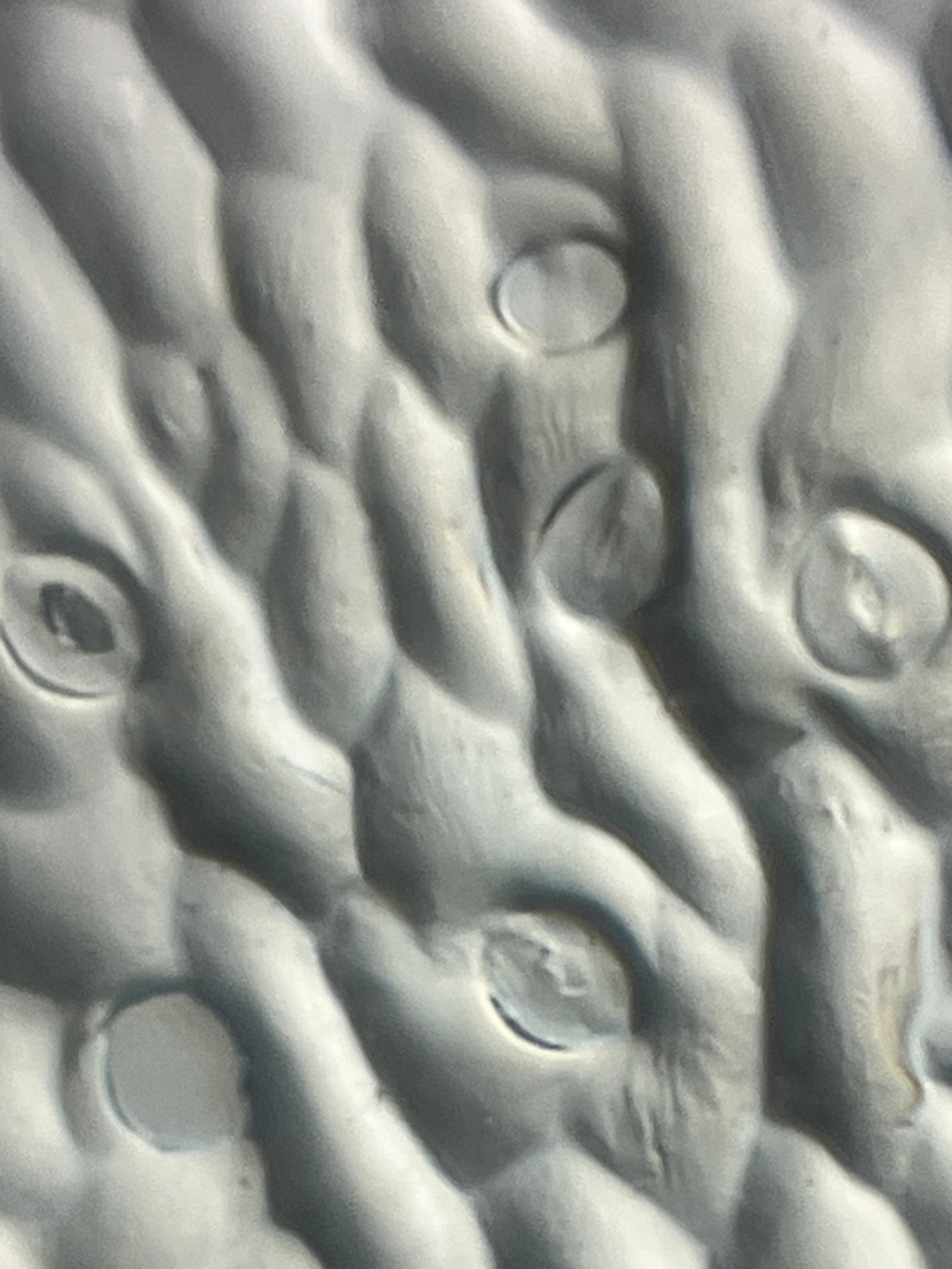Question:
Why are beaches sandy?
Background:
Sand evokes images of fun and play on warm summer days. So why not consider using sand as a way to bring summer play into the new school year?
Think of the questions that can be generated from a scoop of sand. What is sand? Where does sand come from? Where does sand get its color? Does sand change over time?
Directions/Procedure:
Sand can be found all around the world: deserts, beaches, ponds, lakes, streams, playgrounds, and backyard sandboxes. Sand is the product of weathering, erosion, and deposition. These three powerful processes are constantly at work changing the shape of the Earth’s surface. Sand looks different from place to place because the parent material that sand is made of differs from place to place.
This activity will allow your student scientists to observe, analyze data, and make inferences about sand.
Materials:
- Sand Samples (beach, river, and lake sand, kinetic sand of different colors, sandpaper of different grits, playground sand - be creative!)
- Hand lenses
- Microscopes (classroom set of Foldscopes)
- Paper and pen/pencil
- Maps

Procedure:
Observe:- Record the sand’s origin on the map
- Observe the sand with no tools - use words and drawings
- Use the hand lens to record closer observations
- Prepare a slide with a tiny sample of sand and place it under the microscope - add even more observations to your list (again, include drawings!)



Data Analysis:
- Review your observations
- Do you see patterns?
- Can you make connections between the sand sample and where the sample was collected?
- Record this information on your paper
- What can you infer about sand (formation and geographic origin)?
- Record your inferences on your paper and share them with your class
Real World Sand Scientists:
Ernst Chladni (1756 - 1827), a physicist and musician, used sand in his studies of sound waves. He studied the vibrational patterns of sand on metal plates which sparked the beginning of the science of acoustics. Dr. Melany Hunt, a professor at Caltech, combines her knowledge of sand and acoustics to study signing sand dunes. What can sand help you create and discover?
Extension:
This activity brings together the following three dimensional aspects of the Next Generation Science Standards: Analyze and Interpret Data, Earth and Space Science, and Patterns.

However, this exploratory activity can go beyond the science classroom. Join forces with:
- a Social Studies teacher to understand how cultures are impacted by sand formations
- an English teacher to analyze how language patterns relate to geography
- a Math teacher to further investigate the shapes and sizes of the sand grains, or
- a Music teacher to take a deep dive into the study of acoustics!
Connect:
Make sure to share your observations, analysis, inferences, and interdisciplinary extension activities. Submitting your geotagged Foldscope images of sand to the Microcosmos will help build up a strong scientific database that can help support new and innovative scientific research!



